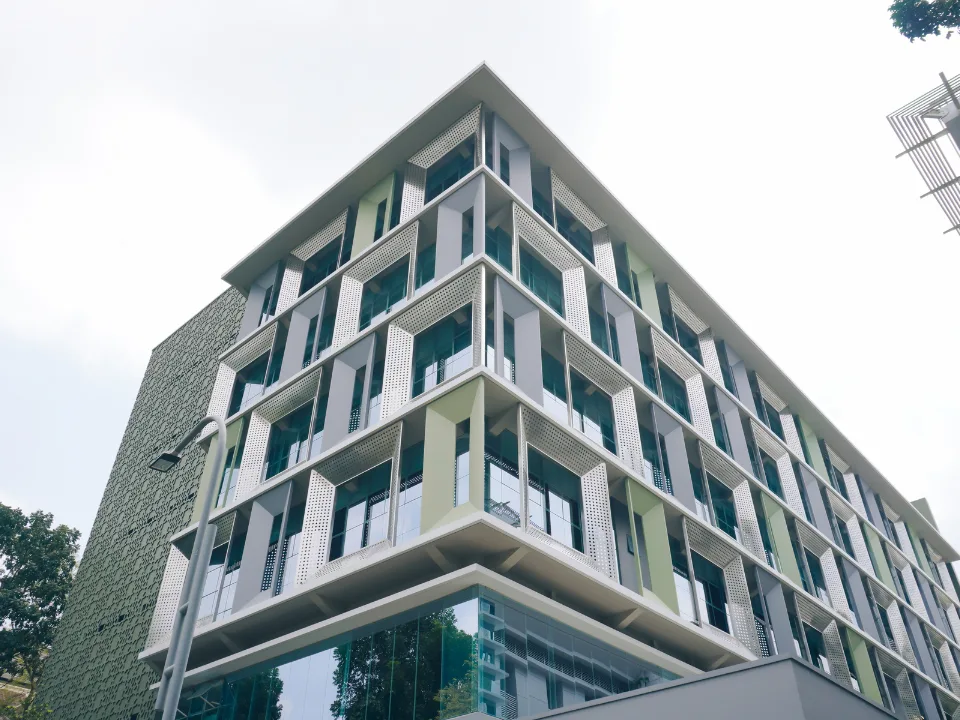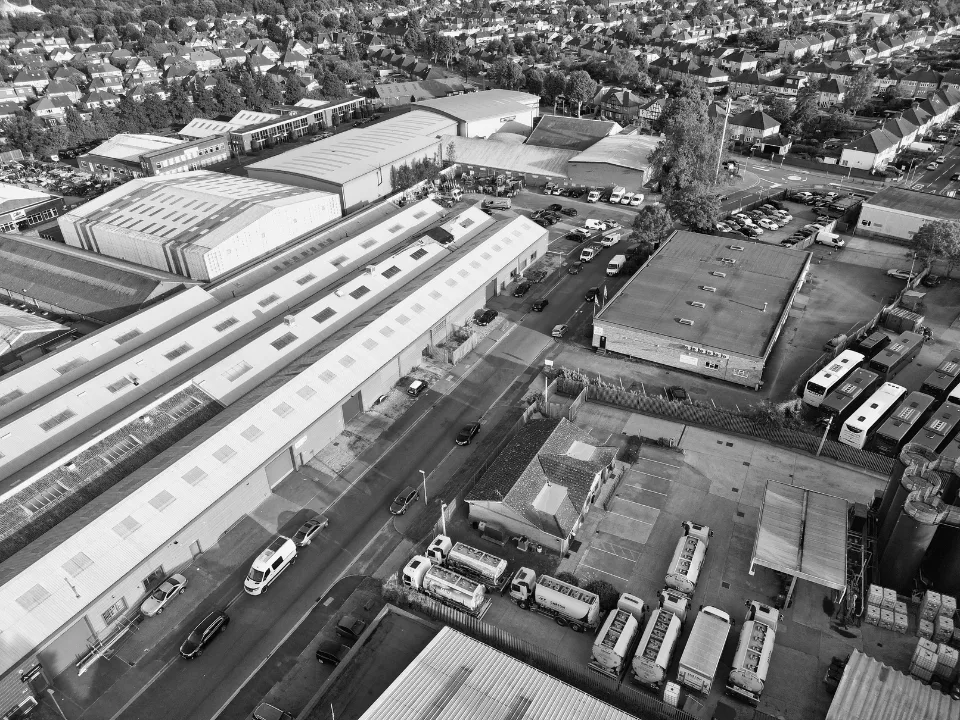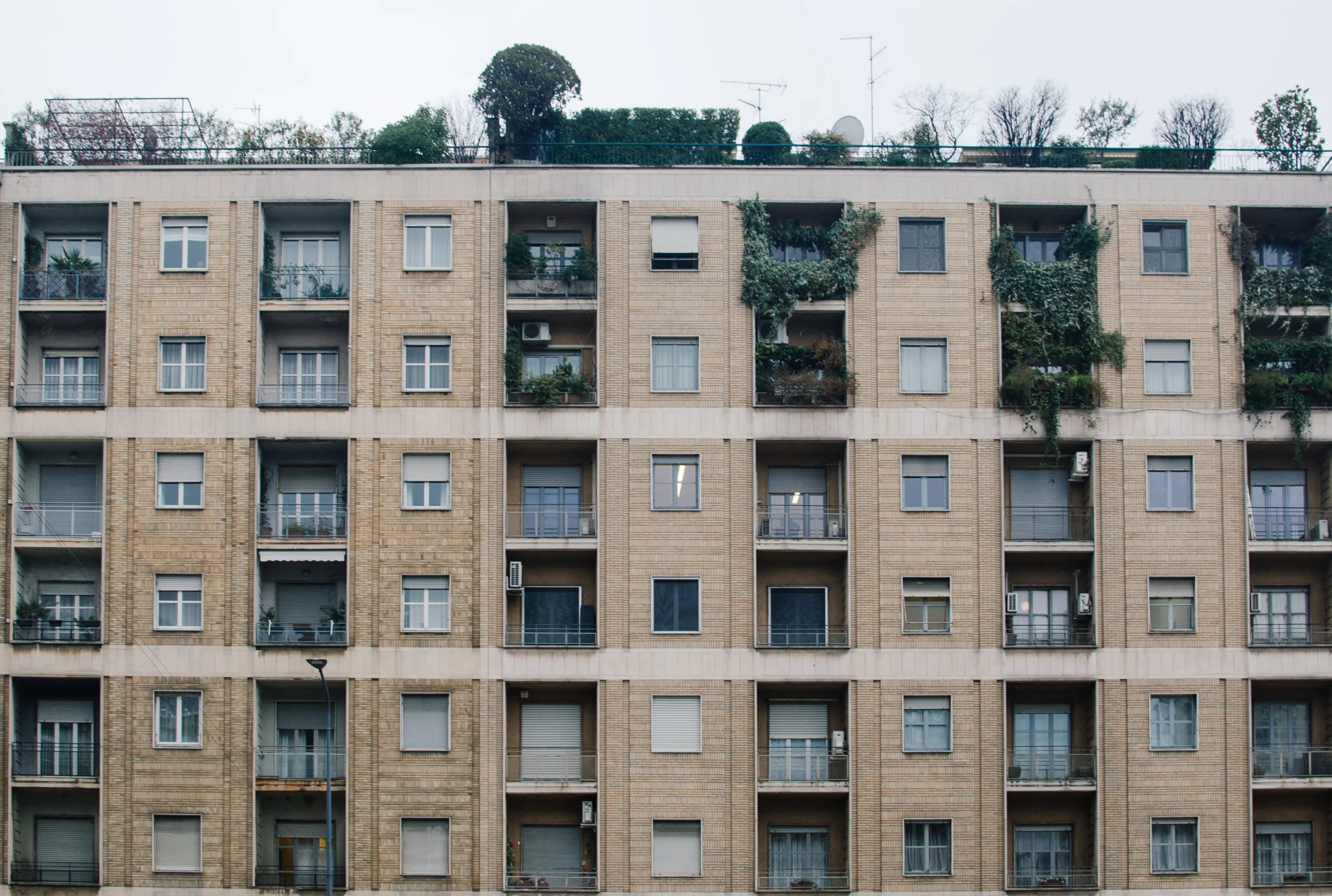- CRE debt origination climbed 42% year-over-year in Q1 2025, supported by improved interest rate conditions and increased activity in office, senior housing, and hotel sectors.
- Investment sales rose 18% over the same period, though total volume remains 18% below pre-pandemic averages.
- Tariff uncertainty and tighter lending standards continue to pose risks to ongoing market recovery.
CRE Lending Bounces Back—For Now
Commercial real estate debt origination surged 42% year-over-year in the first quarter of 2025, according to Newmark’s latest State of the US Capital Markets report. Despite a lower number of active lenders compared to pre-pandemic norms, capital flowed into all major property sectors. With the office, senior housing, and hospitality categories leading the rebound, per Globe St.
A lower interest rate environment has helped bolster refinancing and sales activity, yet recently announced tariffs are casting a shadow over future lending momentum.
Institutional Activity Rises Amid Shifting Dynamics
Bank lending, while still 4% below pre-pandemic quarterly averages, rose 56% year-over-year. Debt funds and insurance companies also gained ground, while CMBS originations remained flat. Notably, securitization volumes have surged, and government agency lending maintained strong pace.
Although banks continued tightening credit standards, the share of institutions doing so has dropped from a peak of 65%, signaling a potential inflection point in the broader CRE finance cycle.
Get Smarter about what matters in CRE
Stay ahead of trends in commercial real estate with CRE Daily – the free newsletter delivering everything you need to start your day in just 5-minutes
$2 Trillion Debt Wall Looms
Newmark estimates that $2 trillion in CRE debt will mature between now and 2027. Roughly 37% of that debt was issued during the near-zero interest rate environment, and the firm projects that $582B maturing between 2025 and 2026 could be at risk of distress, given the current federal funds rate of 4.33%.
Investment Sales Improve but Remain Cautious
CRE investment sales were up 18% year-over-year in Q1, though still lagging 2017–2019 norms by the same percentage. Multifamily led the charge with a 42% increase in volume, while office sales fell 16%.
Transactions under $100M made up two-thirds of recent activity. Institutional investors, while net sellers of office, have increased their acquisitions by 49% year-to-date, highlighting strategic repositioning amid uncertainty.
Capital Still on the Sidelines
Dry powder earmarked for CRE investment now totals $328B, a 13% decline from December 2022. Much of this capital is targeting residential and industrial assets. However, widening spreads between cap rates and debt costs remain a drag on transaction activity.
Public REITs face an especially tough valuation challenge, with narrow cap rate spreads needing either rapid debt cost declines, above-trend NOI growth, or both to justify current pricing, Newmark noted.
Outlook
CRE lending and investment activity are showing signs of recovery, but rising macroeconomic risks—particularly around trade policy—and the looming wall of maturing debt could dampen market optimism. Still, with substantial capital on the sidelines and institutional players re-engaging selectively, the sector may continue to find pockets of strength through 2025.


















